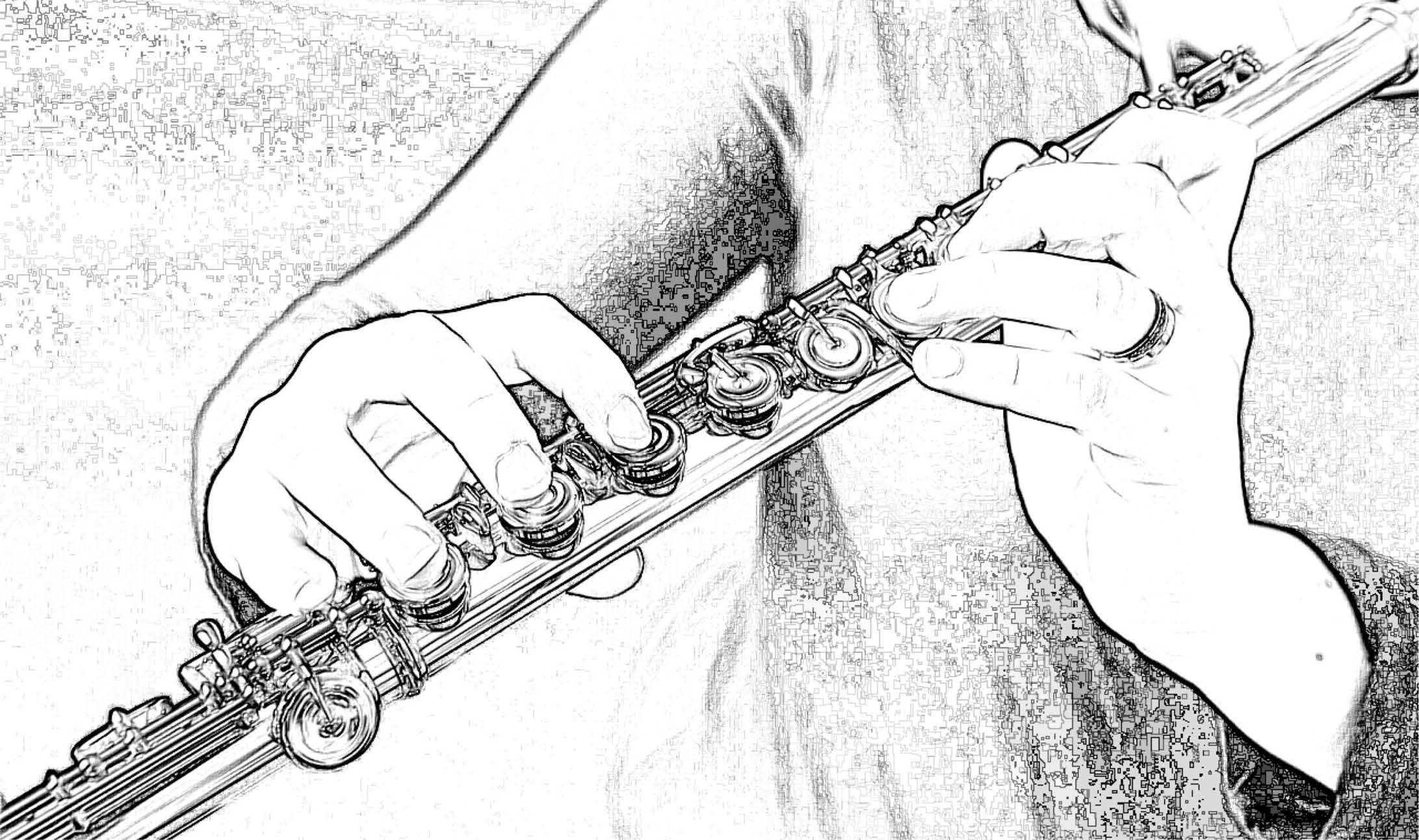
Show what your hear
The motto Show what you hear that was created by Émile Jaques-Dalcroze is very useful when teaching music. When ‘only’ listening, it is easy to lose focus and not listen so active. This is a challenge for everyone, but even more when working with children or beginners. If you in addition to listen also must respond to what you hear, then you need to listen more concentrated. This is a fruitful way for training active listening.
Response
The response can be directed with specific movements, for example:
- Clap on the highest note / Stamp on the lowest note,
- Walk the pulse and change directions for each phrase,
- Walk the pulse and clap every first beat,
- Show the melody line with a scarf, • Bounce the ball on the accents,
- Draw a line with a stick (or a bow),
- Conduct the meter and follow the tempo changes,
- Walk the base and clap the melody,
The response can also be freer, for example:
- Follow one specific instrument with movement,
- Create a specific posture for each chord,
- Continue the movement as long as you can hear the sound,
- Show the structure with movement,
- Show the two voices with different body parts,
Learning the music
We are concerned here with the connection between music and movement and with the fact that you are made more aware of what you hear, because it is necessary to respond to it. The response supports the concentration, and when you are more concentrated you also learn the music in a more effective way. So ‘Show what you hear’ is a very effective way to learn and internalize musical pieces.
Input and output
The motto also points out the importance of improvisation and self-expression. When converting an impression in one form to an expression in another form, you create something of your own instead of just imitating. In Eurhythmics we commonly speak in terms of impression-expression: you take something in through one sense, and you give an active response to it in sound or movement. This can be described as interaction between input and output, and support creativity and improvisation.

The European Commission's support for the production of this publication does not constitute an endorsement of the contents, which reflect the views only of the authors, and the Commission cannot be held responsible for any use which may be made of the information contained therein.

